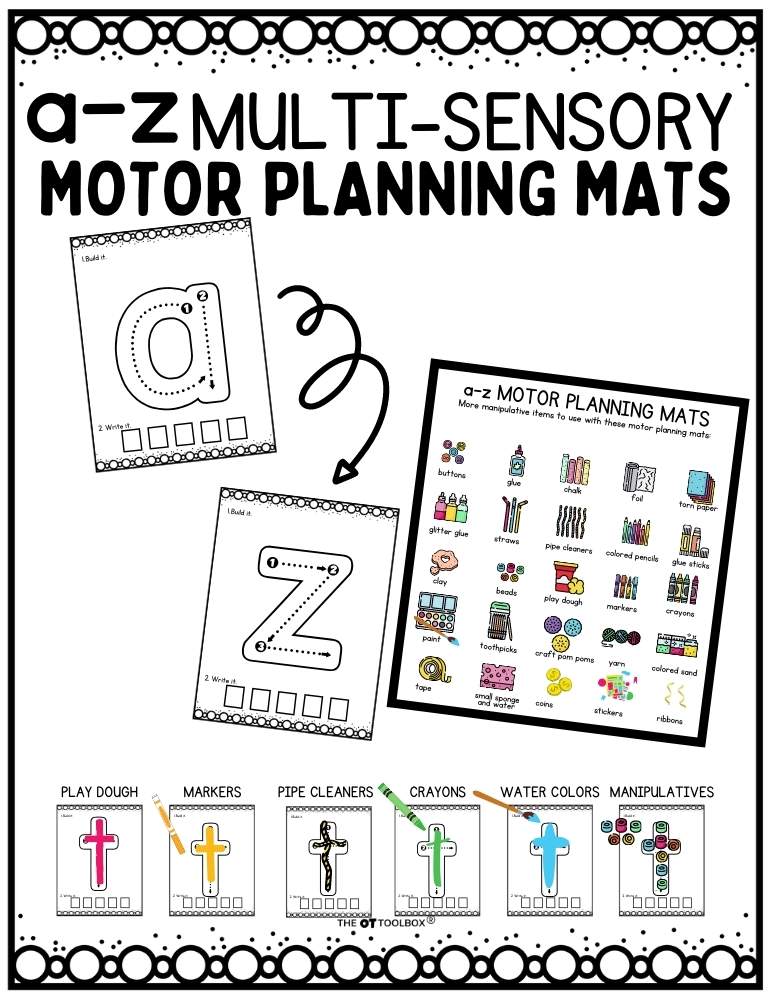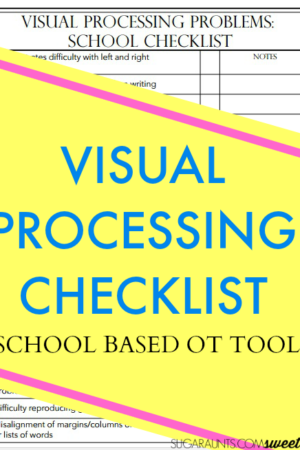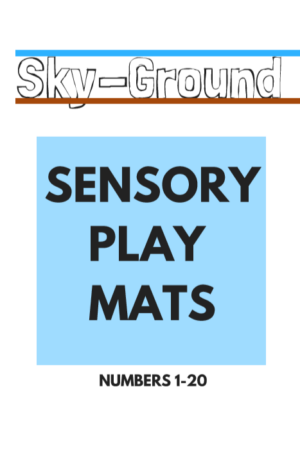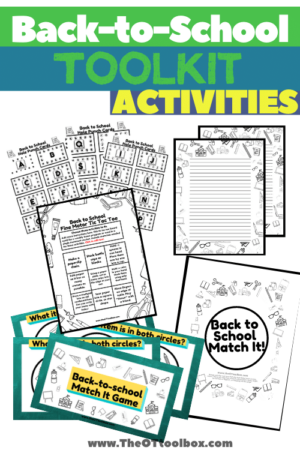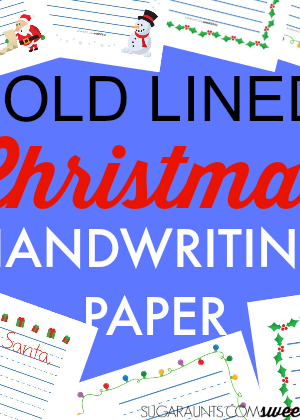a-z Multi-Sensory Motor Planning Mats
$6.00
These lowercase letter a-z Multi-Sensory Motor Planning Mats pair with our uppercase version.
These lowercase a-z Multi-Sensory Motor Planning Mats are another great program for teaching reluctant learners to write! Multi-sensory learning has proven to be more effective for teaching, than rote memorization, or copying. Students learn at different speeds, and through multiple teaching methods. Add these Multi-Sensory Motor Planning mats to your Toolbox full of writing resources!
These lowercase printable PDF Motor Planning Mats are an excellent resource for developing motor planning and kinesthetic learning. This set includes all 26 lowercase letters, with suggestions of different ways to use these motor planning abc mats. Students can use playdough, Wiki Sticks, crayon, dot markers, fine motor manipulatives, or anything else handy to complete these worksheets.
Description
Included in this downloadable set are 26 a-z lowercase reproducible pages. Print and laminate these pages for task boxes, make a set for each student, or create an alphabet binder. However you choose to use this set of motor planning mats, it will help provide a multi-level approach to learning letters.
How is motor planning related to these A-Z Multisensory pages?
Motor planning involves creating a movement pattern that makes sense. In the beginning, motor plans are largely cognitive in nature. The brain signals the body to move. With practice, the body knows how to move without as much conscious effort. Think of touch typing, riding a bicycle, or walking. At first the task involves cognition to plan the movement and execute the tasks. After some trials, the body takes over and knows what to do without looking, or thinking about it.
Learning to write is the same way. At first, the brain is in control of the process. The eyes see what is on the page, then the brain commands the hands to move. The signals might be, start at the top, draw downward, lift your pencil, move to the right, etc. Later on the brain might say, “make an A” and the hands know what that means. Further down the learning road, the brain might be able to signal the hands to write a sentence, and it happens.
Providing different methods of learning to write, helps the body make sense of what it sees to have successful motor output. Adults generally know what ways they prefer to learn, but younger learners have not discovered this yet. Trial and error, multiple resources, and lots of different opportunities, can help learners discover their best method of learning.
How to use these lowercase a-z Motor Planning Mats
- Laminate these pages for reusability
- Create task boxes with different tools and manipulatives available in the boxes with these worksheets
- Make an alphabet binder with the entire set of worksheets in one place
- Encourage students to try several different methods of using these cards
- Have students talk about which methods work for them, or what they prefer
- Start with capital letters, then move to lowercase, or teach both uppercase and lowercase at the same time
- Teach in alphabetical order, or by the Handwriting Without Tears letter progression system
- Make this part of a larger lesson plan including gross motor, sensory, social, executive function, or other fine motor skills
- Project this page onto a smart board for students to come to the board and write in big letters.
- More or less prompting may be needed to grade the activity to make it easier or harder.
- Learners can explore other games they could make using this activity
Skills addressed using these a-z motor planning mats
- Kinesthetic awareness – This means learning by doing
- Hand strength and dexterity – staying on the lines, or using manipulatives builds hand muscles and develops muscle control
- Visual motor skills –Combining what is seen visually and what is written motorically. This takes coordination to be able to translate information from visual input to motor output. Coloring, drawing, counting, cutting, and tracing are some visual motor skills.
- Cutting on the line ( if you choose to add this step), within half inch of lines, in the direction of lines
- Pasting using glue stick or drippy glue with accuracy
- Visual Perception – Developing the ability to make sense of what is seen
- Proprioception – pressure on paper, grip on pencil
- Social/Executive Function – following directions, turn taking, task completion, orienting to details, neatness, multi-tasking, attending to task, and impulse control
- Handwriting: Letter formation – correctly forming the letters top to bottom.
- Copying – copying words from a model, transferring the letters from one place to another
- Fine motor strengthening, hand development, and grasping pattern
- Bilateral coordination – remembering to use their “helper hand” to hold the paper while writing. Using one hand for a dominant hand instead of switching back and forth is encouraged once a child is in grade school or demonstrates a significant strength in one or the other.
- Strength – core strength, shoulder and wrist stability, head control, balance, and hand strength are all needed for upright sitting posture and writing tasks.


